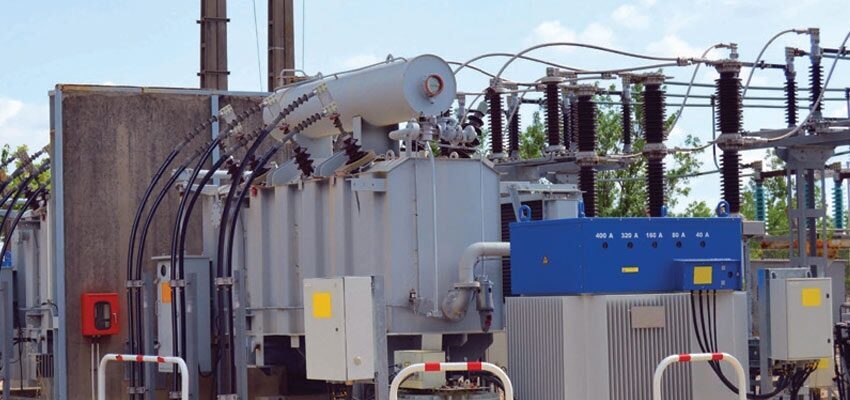
Aging of transformers
The aging of power transformers Introduction The objectives of this paper are to: lay out the factors that contribute to transformer aging, present an integrated...
byGeorg Daemisch

The aging of power transformers
Introduction
The objectives of this paper are to:
- lay out the factors that contribute to transformer aging,
- present an integrated approach to assessing all of these factors, and
- help users increase their abilities to manage aging transformers.
To counter the negative consequences of the aging behavior of power transformers, users need to optimize the operation of their transformer populations from both a technical and a commercial point of view. This is a complex issue with no definitive answers. Aging refers to the natural degradation of the insulation system that consists of traditional, solid components like paper, press board, and plywood, and fluids such as insulating mineral oil. Of these, the solid insulating materials are most important as they cannot be replaced without completely rebuilding the transformer. This means users need to understand the aging processes of these materials to make a viable assessment of the general and remaining service life of transformers. Transformer design and technology have undergone significant changes over the past 40 years. This makes it more difficult to assess how a transformer will age because aging will depend on the behavior of new materials and alternative insulating fluids. Nevertheless, existing transformer fleets still comprise systems insulated with traditional materials such as cellulose and mineral oil. Users must also assume that “standardized” assessments (e.g., Loading Guides in IEC and IEEE) are, by their nature, unreliable. These guides do not consider specific transformer design, materials or operating modes. In this sense, there is no such thing as the ideal “transformer.” Understanding the aging behavior of these materials alone is not enough to determine the condition of a specific transformer. The insulating materials mentioned above all play a role. There are more influences to consider. These influences include aging accelerators, transformer design, and DGA history. Adding a full range of factors makes assessing how a given transformer is aging even more complex and requires an integrated approach. Any method based on a single value, e.g., the degree of depolymerization, is of little use, particularly if that value is obtained through furan analysis. I will walk you through an integrated approach that will help evaluate all of the following: assessing individual factors, the accelerators, the operating conditions, and the influence different transformer designs have.







